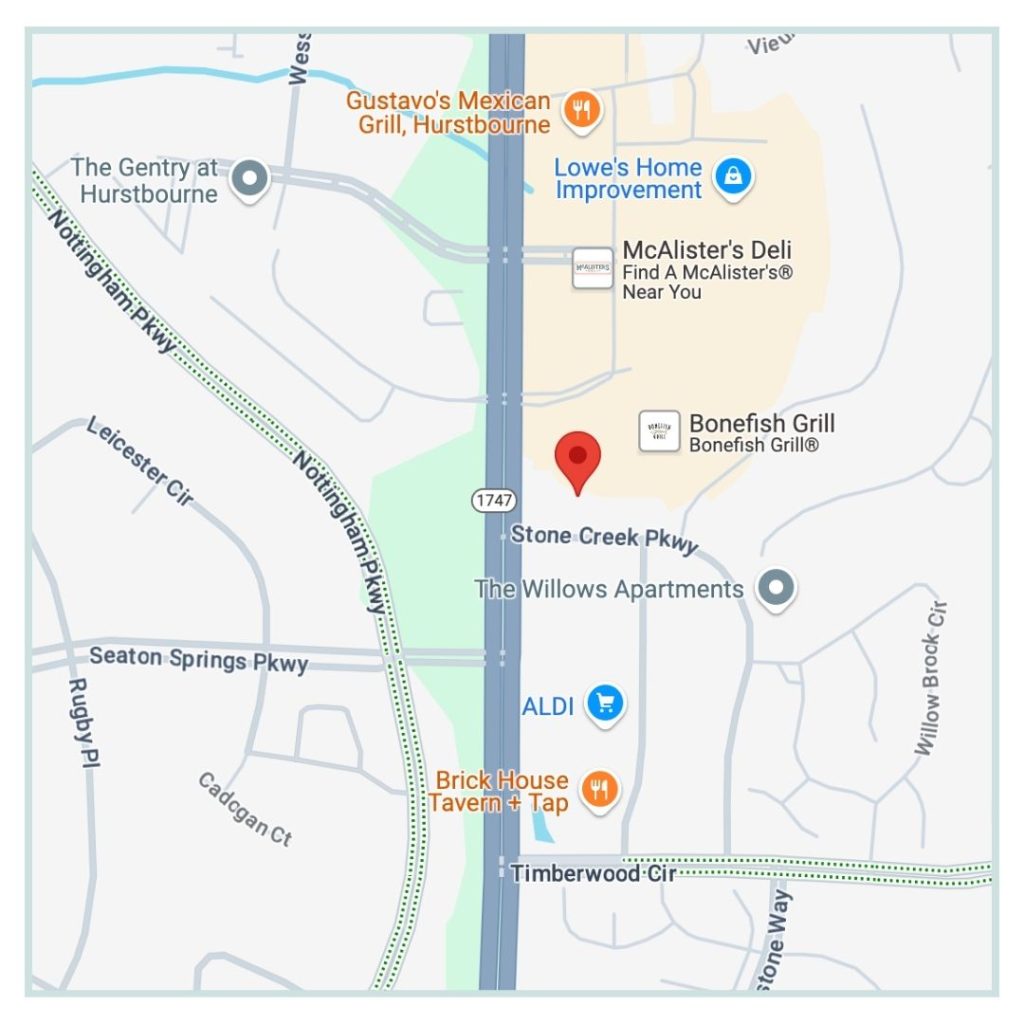Many articles about estate planning promote using trusts as a way to help property escape the time-consuming and costly probate process. When property is owned by the trust, it does not become part of a person’s estate when they die, and so it skips probate. By contrast, a will instructs the court and executor how to distribute the estate. The estate must still go through probate.
This does not mean that a trust can completely replace a will, however. In fact, a good estate plan can use the combined advantages of trusts and wills.
Learn more about wills vs trusts here.
Pour-over wills
To take advantage of a trust’s probate-skipping abilities, the property must first be legally owned by the trust. When setting up a trust, people spend a great deal of time transferring ownership of their assets to the trust, but they rarely transfer everything they own. When they pass away, whatever property is not in the trust becomes part of the person’s estate and must go through probate. It is important to have a will to direct the distribution of these assets.
A pour-over will can make this highly effective for those who have a living trust. Essentially, a pour-over will directs all property that is not already in the trust to go to the trust when the person dies. The property must still go through probate, but once it is in the trust, it can be invested and distributed according to the terms of the trust.
A pour-over will is just one example of a way that trusts and wills can work together. These estate planning tools are highly adaptable and can be personalized for many purposes.





